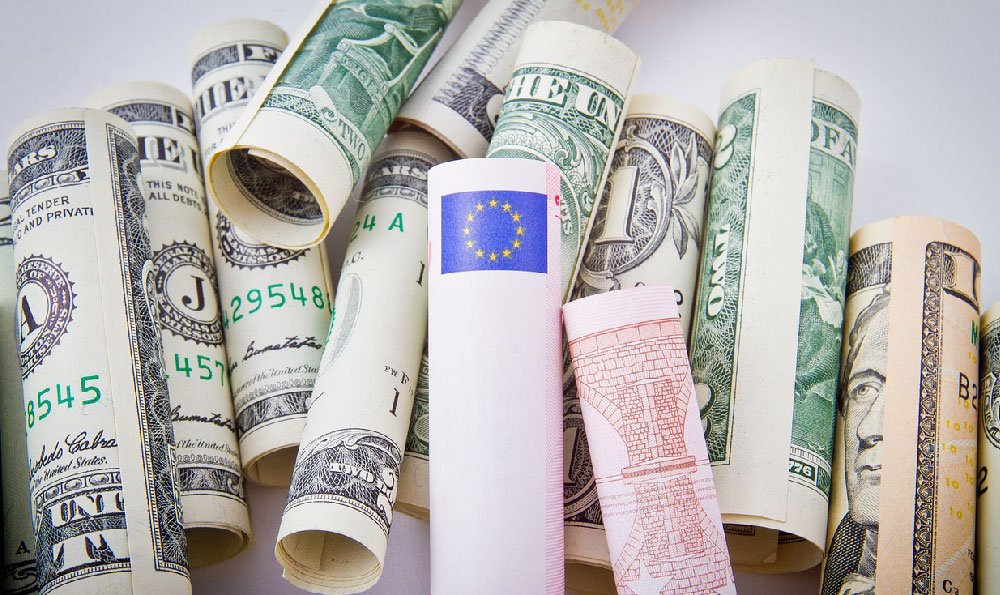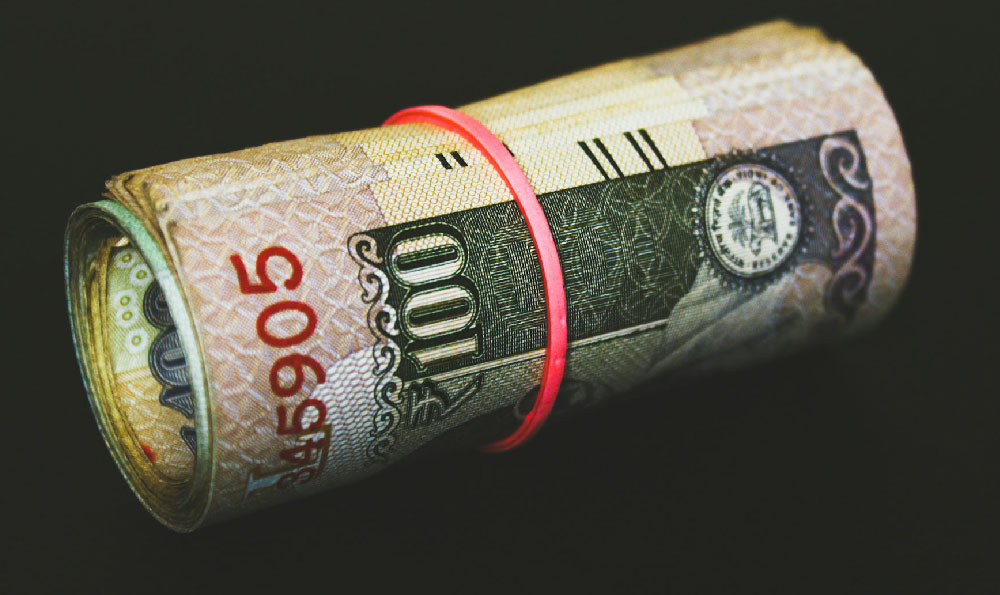How Does Red Bull Generate Revenue? What Are Red Bull's Key Income Streams?

Red Bull, the ubiquitous energy drink instantly recognizable by its silver and blue (or various other color combinations) can, isn't just a beverage; it's a lifestyle brand. Understanding how Red Bull generates its phenomenal revenue requires dissecting its multifaceted business model, which goes far beyond simply selling caffeinated drinks. It’s a fascinating case study in brand building, marketing prowess, and strategic diversification.
The Energy Drink Empire: Core Revenue Generation
The primary and most obvious source of Red Bull’s revenue is, undeniably, the sale of its energy drinks. The iconic formula, a blend of caffeine, taurine, B vitamins, and sugars (or sugar-free alternatives), provides a perceived energy boost that resonates with a diverse consumer base, from students and athletes to gamers and busy professionals. The pricing strategy plays a crucial role here. Red Bull positions itself as a premium product in the energy drink market. This premium pricing, while higher than some competitors, contributes significantly to its profit margins. Consumers are willing to pay more for what they perceive as superior quality, brand image, and, crucially, the perceived benefits of the drink.

The sheer volume of Red Bull sold globally is staggering. Through an extensive network of distributors and retailers, Red Bull products are readily available in supermarkets, convenience stores, gas stations, bars, and even vending machines in virtually every corner of the world. This widespread availability ensures a constant flow of sales and solidifies its position as a market leader. The consistent product placement and visibility, even in less conventional locations, are testament to Red Bull’s aggressive and effective distribution strategy.
Furthermore, Red Bull has innovated beyond the classic original flavor. The introduction of different flavors (like cranberry, blueberry, tropical fruits) and formulations (like the sugar-free versions) has broadened its appeal, attracting new consumers and catering to evolving tastes and dietary preferences. This product line extension strategy helps to maintain market share and capture a wider segment of the energy drink market. The seasonal releases and limited-edition flavors also create buzz and drive demand through scarcity and novelty.
Beyond the Can: Marketing and Sponsorships as Revenue Catalysts
Red Bull's brilliance lies not just in the drink itself, but in its unparalleled marketing strategy. A significant portion of Red Bull's revenue stream is indirectly generated through its extensive sponsorships and marketing activities. These activities, while seemingly an expense, actually contribute to brand building, increased sales, and overall revenue growth.
The company's association with extreme sports and high-adrenaline events is legendary. From Formula 1 racing (with its two teams, Red Bull Racing and Visa Cash App RB) to cliff diving, snowboarding, BMX, and air racing, Red Bull sponsors a vast array of athletes and events that align with its brand image of energy, excitement, and pushing boundaries.
These sponsorships achieve several key objectives:
- Brand Visibility: Red Bull’s logo is prominently displayed at these events and on athletes' apparel, ensuring massive exposure to a global audience. This visibility translates to increased brand awareness and recognition.
- Target Audience Engagement: By associating with activities that resonate with its target demographic (young, active, adventurous), Red Bull effectively engages with its core consumer base and reinforces its brand identity.
- Content Creation: Red Bull generates a tremendous amount of engaging content (videos, photos, articles) from these events, which is then distributed through its various media channels (website, social media, YouTube). This content marketing strategy keeps the brand top-of-mind and attracts new followers.
- Building Brand Loyalty: Sponsoring athletes and events that consumers are passionate about fosters a sense of loyalty and connection with the brand.
Red Bull's content creation is particularly noteworthy. They operate Red Bull Media House, a media company that produces films, television shows, and digital content centered around extreme sports, music, and lifestyle. This content is not just promotional material; it's high-quality entertainment that attracts a wide audience and further strengthens Red Bull's brand as a media and entertainment powerhouse. They effectively turned their marketing budget into a revenue generator by creating and owning valuable media assets.
Red Bull Racing and Formula 1: A Strategic Investment
Red Bull's involvement in Formula 1 racing is a prime example of its strategic approach to sponsorships. Owning two F1 teams, Red Bull Racing and Visa Cash App RB, represents a significant investment, but the returns are substantial.
The F1 teams provide unparalleled brand visibility. Millions of people around the world watch each race, and the Red Bull logo is prominently displayed on the cars and drivers' apparel. The teams’ success on the track (multiple World Championships) further enhances the brand's image and reinforces its association with performance, innovation, and winning.
Furthermore, the F1 teams serve as a testing ground for new technologies and innovations. While some of these technologies are specific to racing, others can be adapted for use in other areas, such as energy drink formulation or marketing strategies. The F1 program is a complex marketing investment and not a direct revenue stream, but the brand building and marketing benefits are immense, increasing energy drink sales and overall company valuation.
Merchandising and Licensing: Additional Income Streams
While not as significant as energy drink sales or sponsorships, Red Bull also generates revenue through merchandising and licensing. They sell a variety of branded merchandise, including clothing, hats, accessories, and even scale models of their Formula 1 cars. This merchandise appeals to fans of the brand and provides another way for them to express their loyalty.
Licensing agreements allow other companies to use the Red Bull brand on their products. These agreements generate royalties for Red Bull and further extend the reach of its brand.
In conclusion, Red Bull's revenue generation is a complex and multifaceted process. While the sale of energy drinks is the primary driver, the company's brilliant marketing strategy, strategic sponsorships, content creation, and involvement in Formula 1 racing all contribute significantly to its overall success. By understanding the interplay of these different revenue streams, one can appreciate the genius behind Red Bull's business model and its position as a global leader in the energy drink market. The key takeaway is that Red Bull has successfully transformed itself from a beverage company into a lifestyle brand, and this transformation is the foundation of its enduring financial success.















